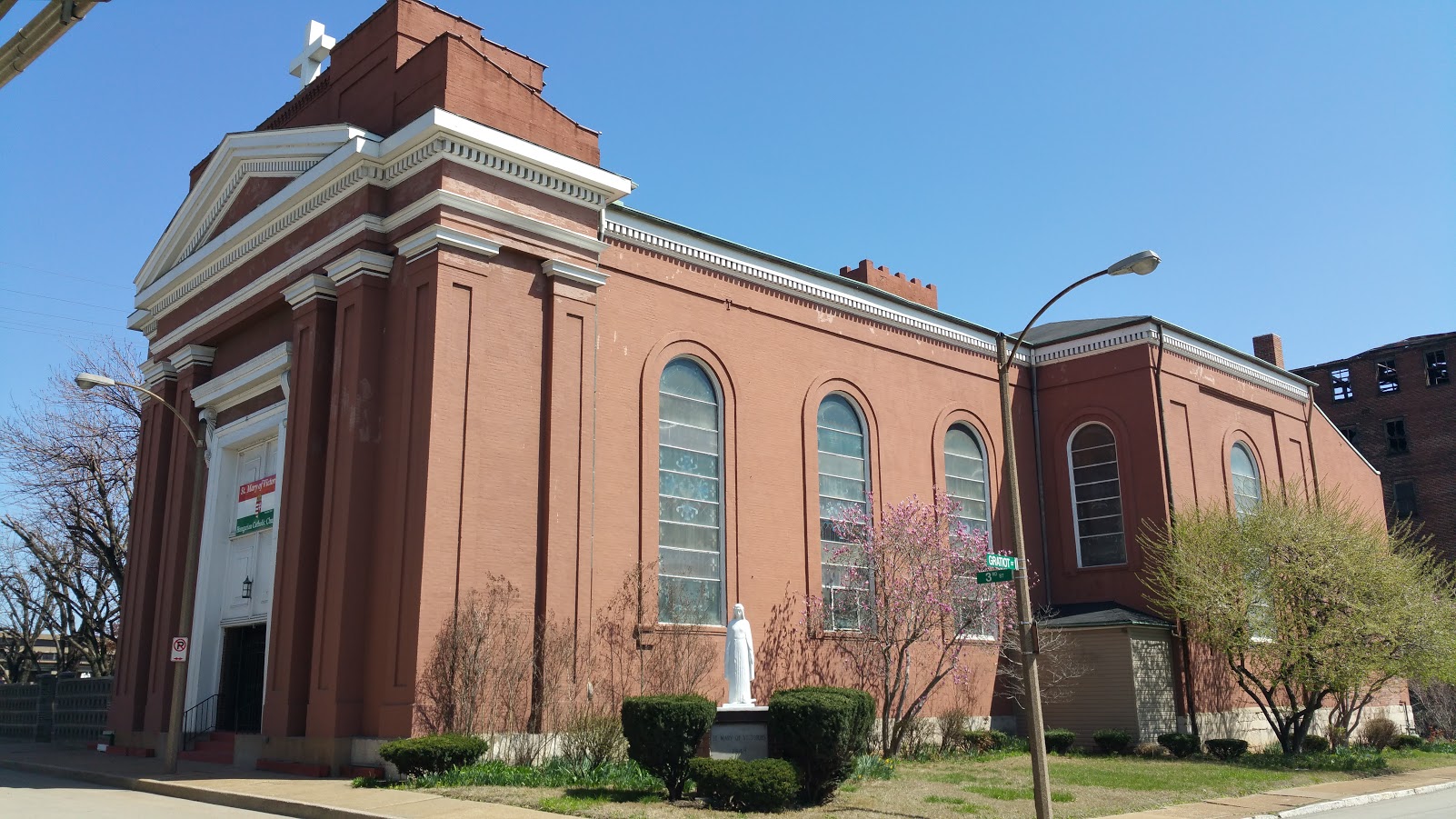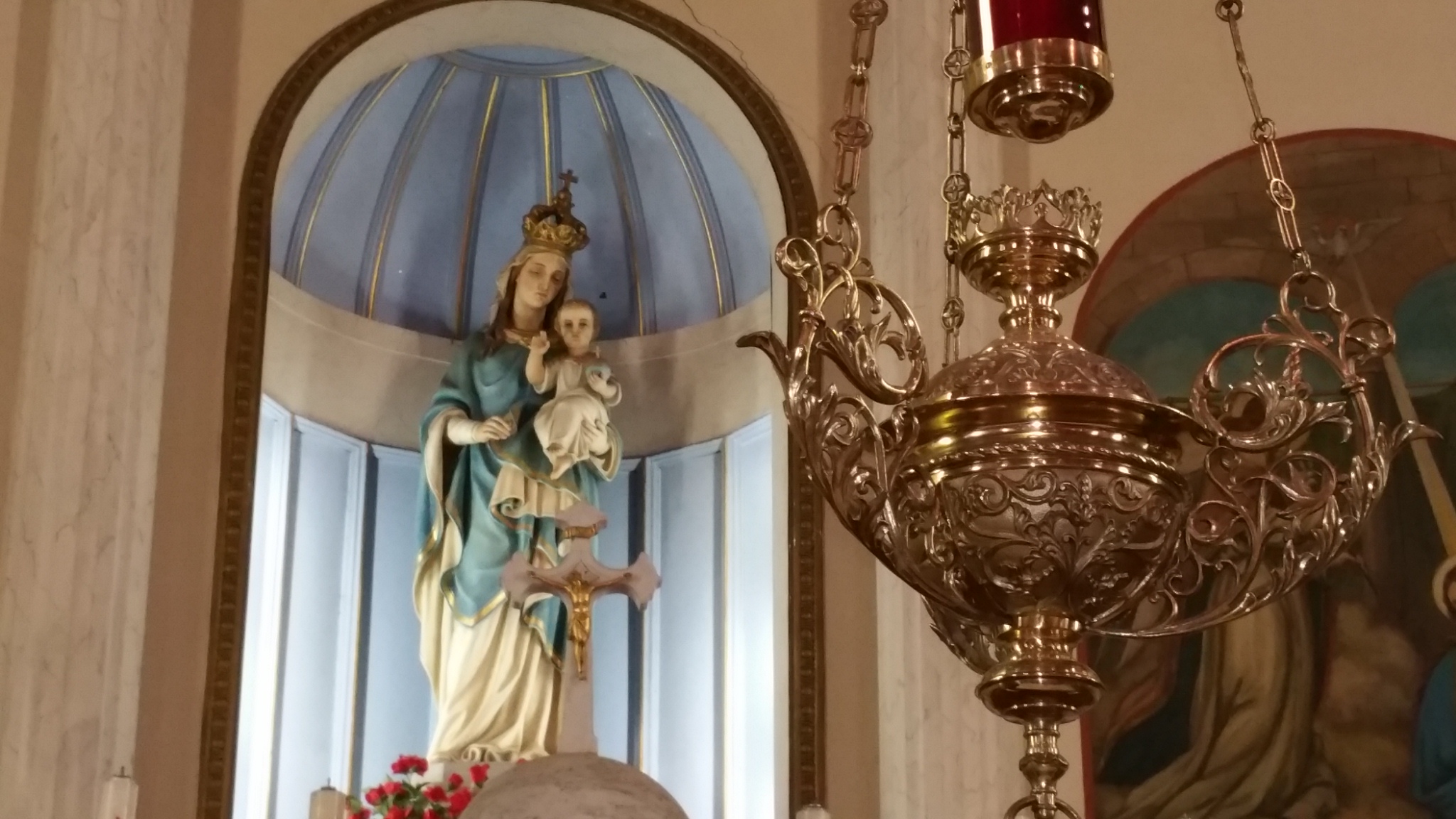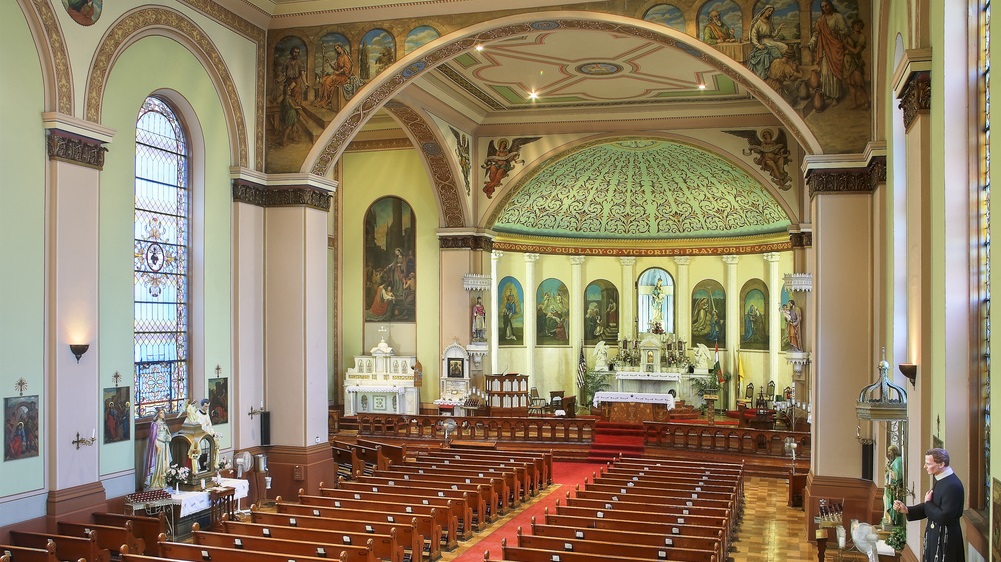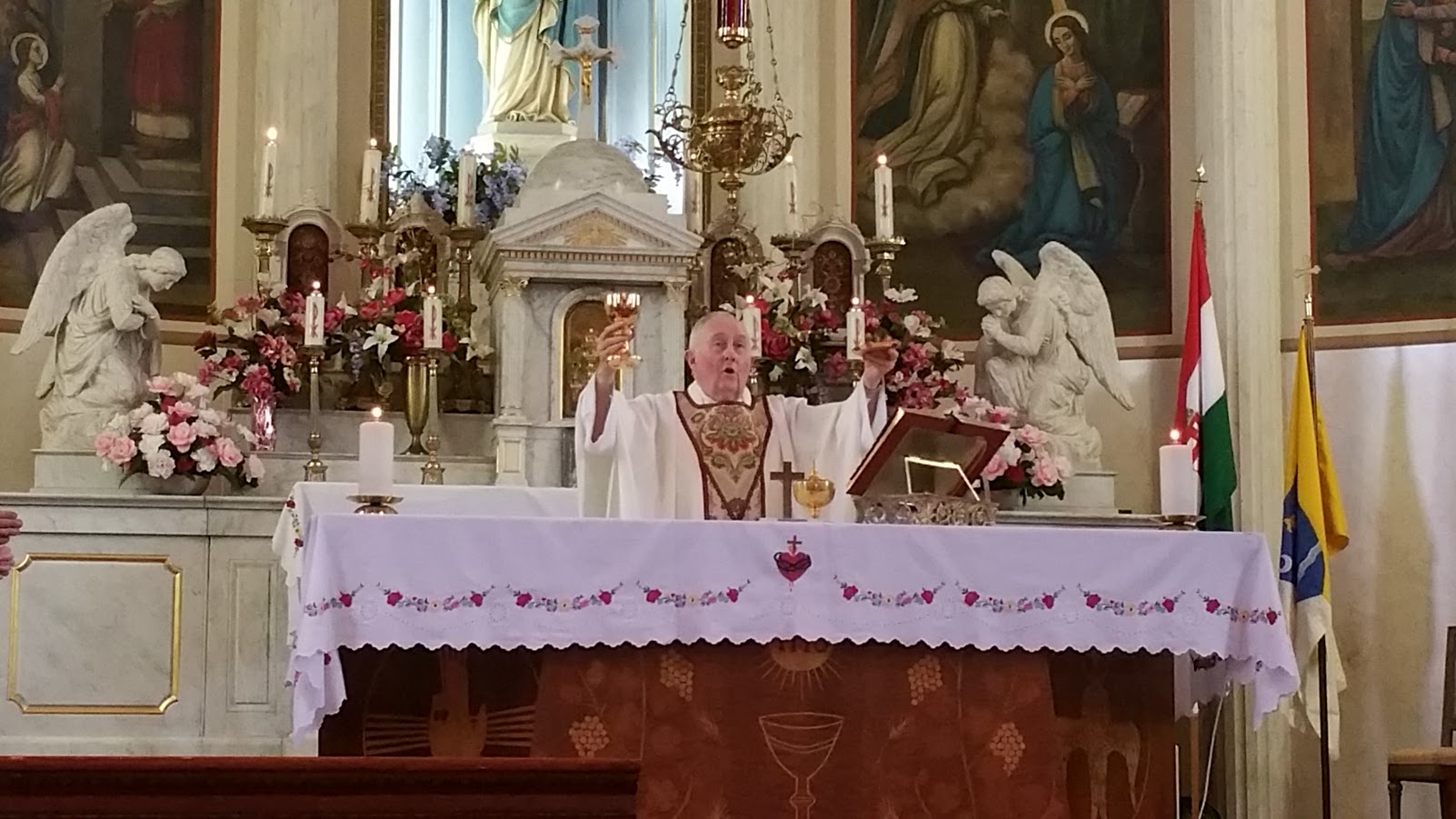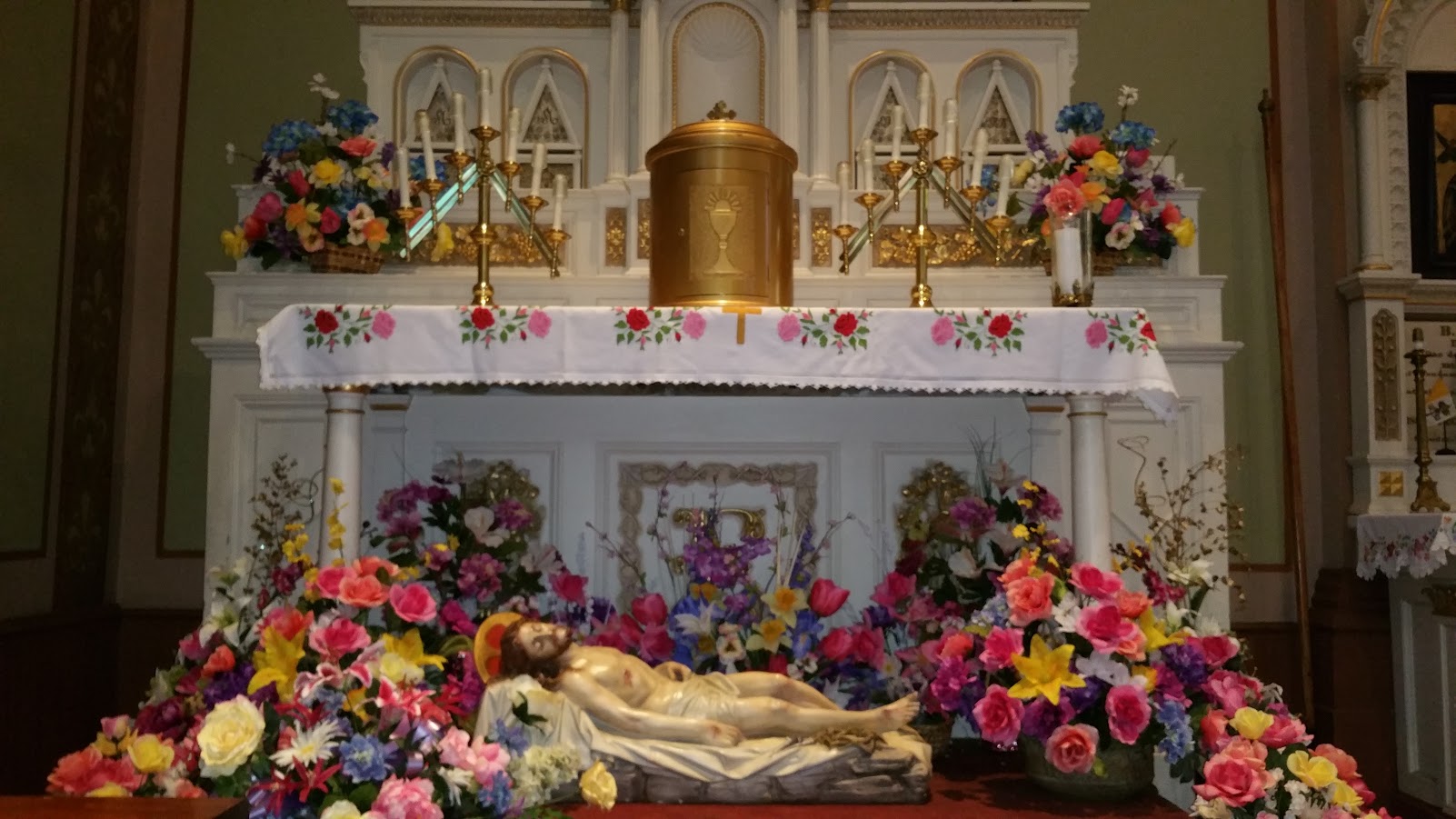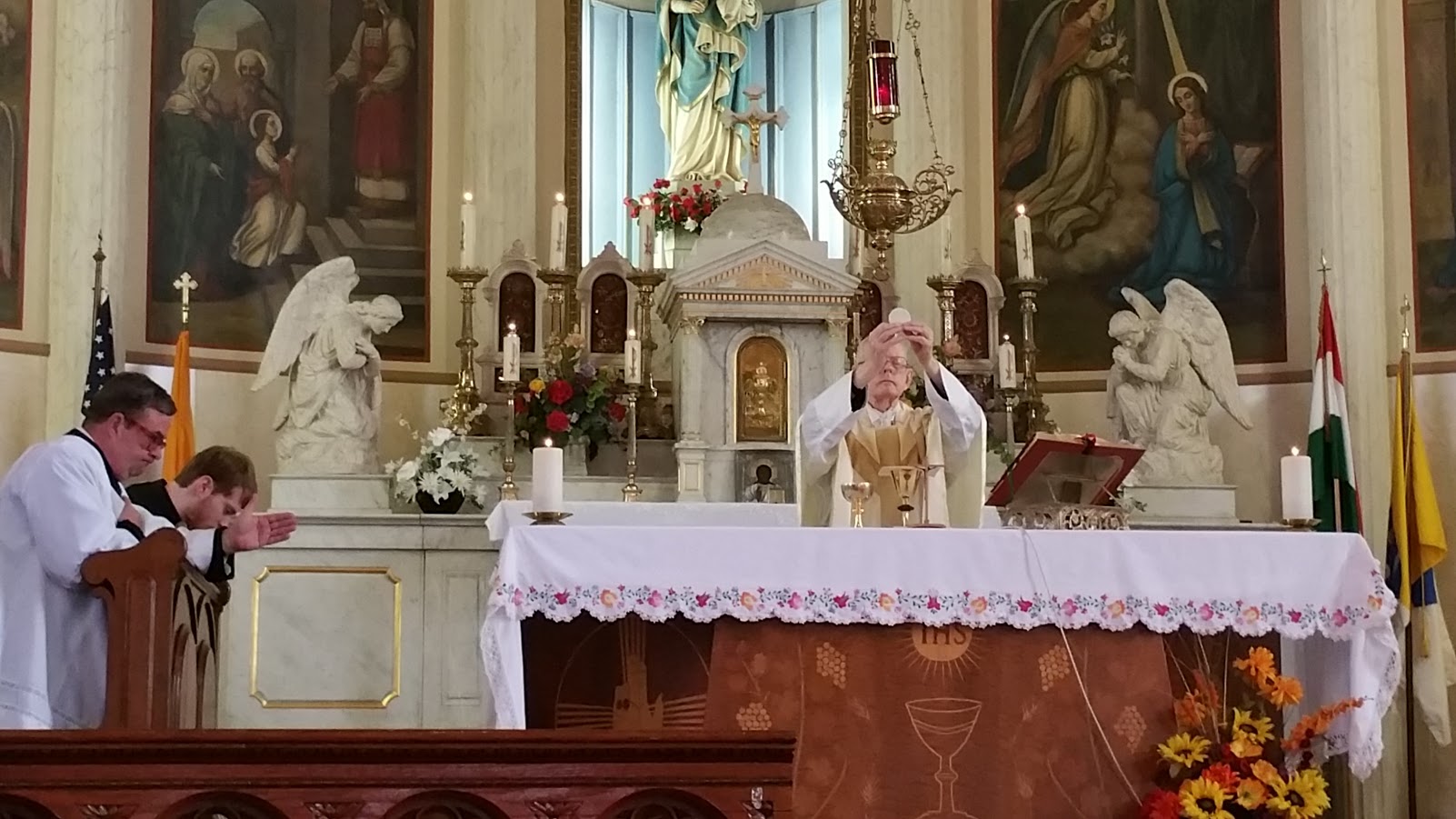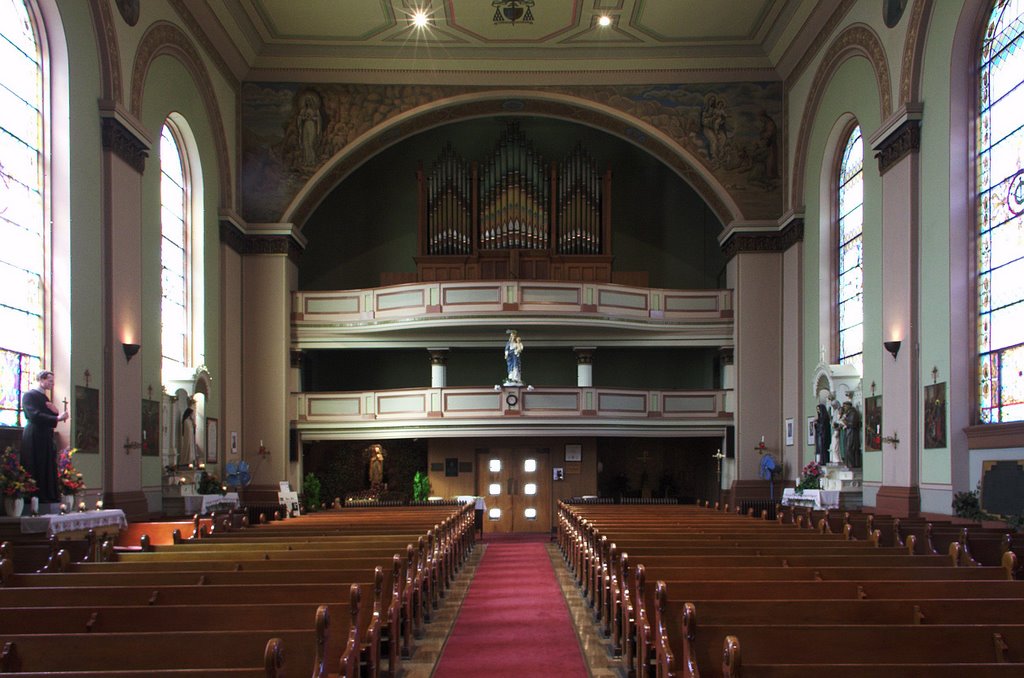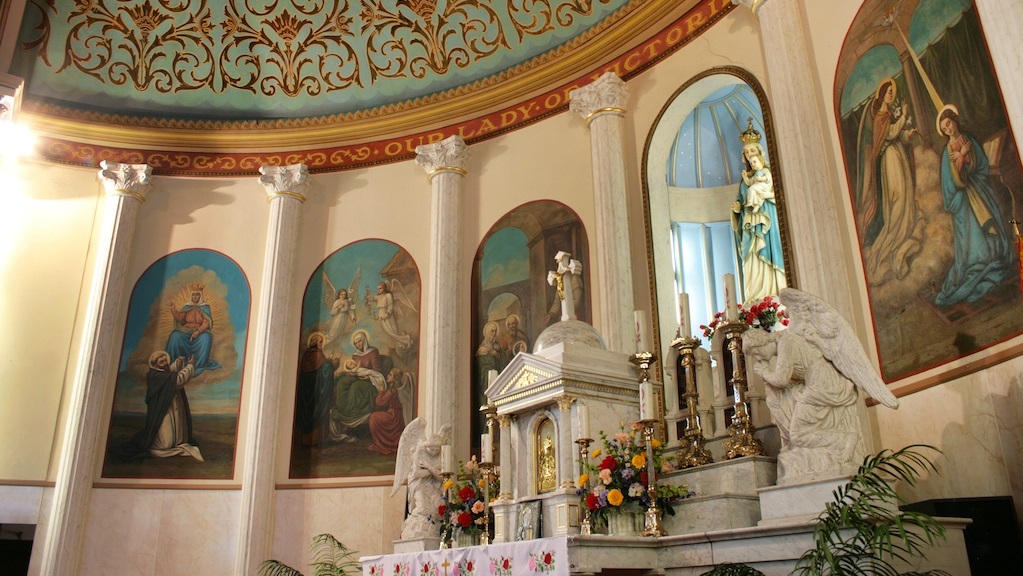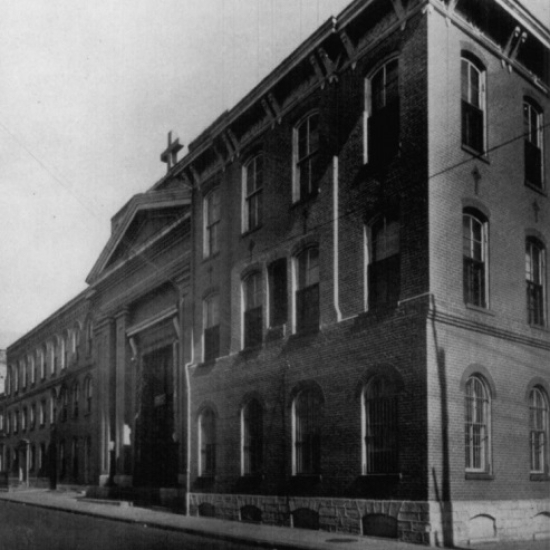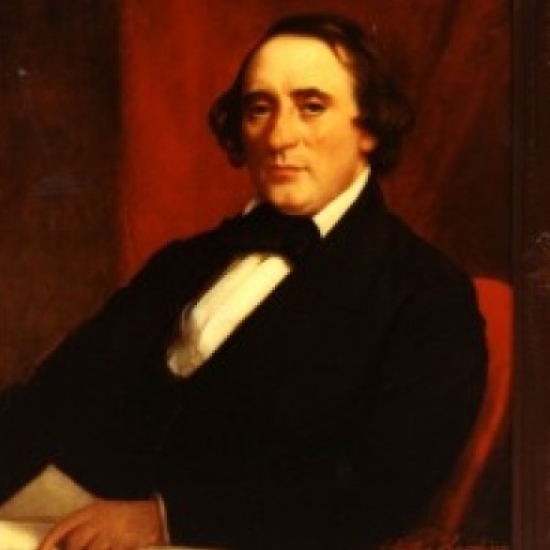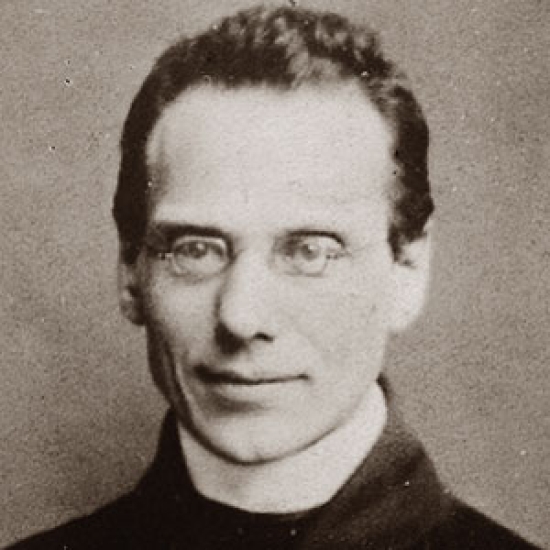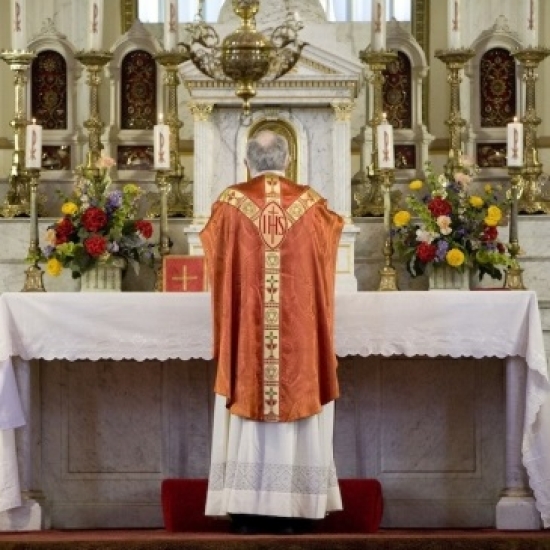4 August 2013, 18th Sunday in Ordinary Time (Year C)
Introit: Deus in adjutorium, begin on G (as do)
Offertory: And now O Father, p. 281, begin on F
Communion: Panem de caelo, begin on E♭ (as fa)
Recessional: All hail the power of Jesus' name, p. 225, begin on C
Mass XI, PBC p. 58. Credo III, PBC p. 77
The Introit antiphon has three phrases:
- Deus, in adjutorium meum intende
- Domine, ad adjuvandum me festina
- (a) confundantur et revereantur inimici mei, (b) qui quaerunt animam meam.
The first two phrases are the well known verses of Ps. 69 that begin the Hours of the Divine Office. In the Office we sing them more or less simply, but in here the melody climbs to unusual heights, as you know from the use of the C clef on the second line. The first two phrases are impelled onward by great anxiety of soul; they voice the most abject misery.
By means of the pressus over Deus and the strengthening of the note over (adju)-to-(rium), special emphasis is placed on the first phrase, while the whole step below the c gives it unusual force. We might better understand the melody if we picture it written a fourth lower. Its essential notes then would begcdgdfgacdc and a f a g g at the end. These are familiar tone-sequences in the eighth mode. The second phrase, which ought to be compared with the rich Offertory melody of this same text (OF: Thursday after the second Sunday in Lent; EF: Thursday after the fourth Sunday in Lent), could be transposed in the same manner. We should then have an f# over mei. To judge merely from the melodic structures, the third phrase is the most calm. But in the development of the motif of confundantur over revereantur, and in the prominent syllabic chant, the singer can feel the tension. This calls for release in the second half of the phrase and especially stresses the important words animam meam. A host of evil spirits go about the world, seeking the ruin of souls (cf. the Leonine prayer to St. Michael). Evil men assist them in their task. Many hardly realize the dangers by which they are surrounded, or with what terrifying speed they are rushing to perdition. For them, the Church prays with solicitude and cries out: Deus in adjutorium. May the strength of the enemies be broken and their influence come to naught! All this urges us to pray more fervently: Deus in adjutorium meum intende.
The Communion antiphon has two phrases, but not divided as we might expect:
- Panem de caelo dedisti nobis, Domine, habentem omne delectamentum
- et omnem saporem suavitatis
From its use at Benediction of the Most Blessed Sacrament, we expect the first verse to be split in two. But here the composer follows the text from the Book of Wisdom closely. The melody reminds us that the Lord is who has given us the Holy Eucharist. It progresses almost stepwise, emphasizing f-f, g-g, a-a, c-c, until the word Domine surmounts it all. Pronounce the words of this phrase distinctly and see how well the chant follows the natural development of the text. Only You could give us the Bread of heaven, Lord. Only Your wisdom could conceive such a gift. Only Your love could bestow it on us. 'Your sustenance shows forth Your sweetness to Your children,' as the subsequent verse of the Book of Wisdom puts it.
And this Bread is full of sweetness. The text alone rings with the joy of it, but the melody strives to make it still more prominent. Omne in the second half of the first phrase is sung on the dominant. (According to a stylistic requirement which is generally observed in florid songs such as Graduals, a new melodic phrase is here formed for the same thought.) Its first half is characterized by the predominating d; the second is introduced by a surprising fifth and closes with the cadence customary with the fifth and sixth modes. The usual source of sweetness in ancient times was honey, and in the lilting descent of melody over saporem suavitatis the composer reflects the image of honey hitting the tongue, imparting its initial blast of sweet, then rolling down the palate as its sweetness is savoured.
